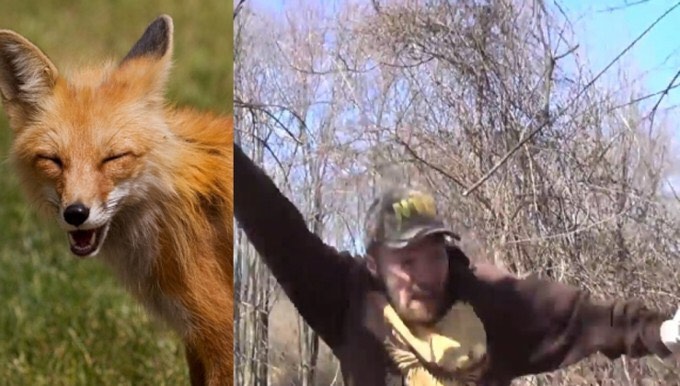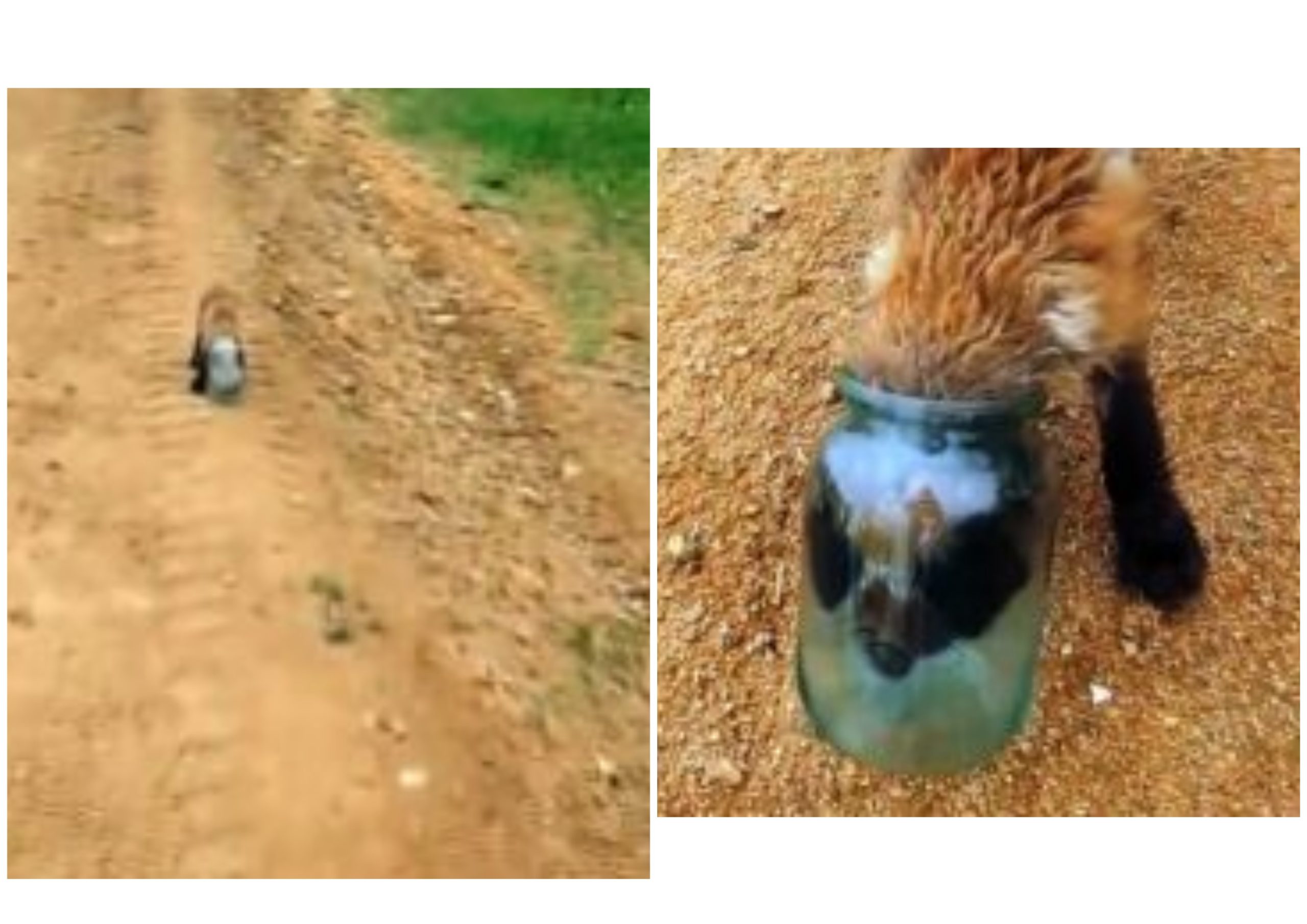A fox hunter and his companion were filming a movie on fox trapping techniques. But, in the end, he was trapped in his own fox trap.
In the United States, around 4 million animals are caught and sl..a.u.ghtered for their fur every year. Many more are captured and m.u.r.d.ered in the name of “livestock” and “game” protection, as well as “nuisance” animal management.

Whatever the reason is, the caged animals face the same fate: agony, suffering, and d.e.a.t.h. Traps, proponents maintain, are humane and discriminating, and that trapping is strictly controlled, an essential source of money for many people, and critical for wildlife management. These assertions, however, are false.

Contrary to popular belief, animals regularly experience severe injuries as a result of being trapped. Animals may endure physiological damage, dehydration, exposure to extreme weather, and a.t.tack by other animals if they are not ki.l.l.ed instantly by the trap.

When the trapper returns, the animal is frequently clubbed, suffocated, or strangled to d.e.ath. Fur trappers rarely hurt the animals they catch, because bullet holes and blood make the fur worth less.

The steel-jaw leghold trap is the most commonly used one in the United States. It is a confining trap with spring-loaded metal jaws that clamp on an animal’s leg or foot when activated. Leghold traps may cause serious swelling, cuts and bruises, joint dislocations, fractures, tooth and gum damage, self-mutilation, loss of limbs, and even d.e.a.t.h.

The American Veterinary Medical Association, the American Animal Hospital Association, and the National Animal Control Association have all pronounced the steel-jaw leghold trap inhuman, and it has been outlawed or severely limited in more than 80 nations and eight U.S. states.







